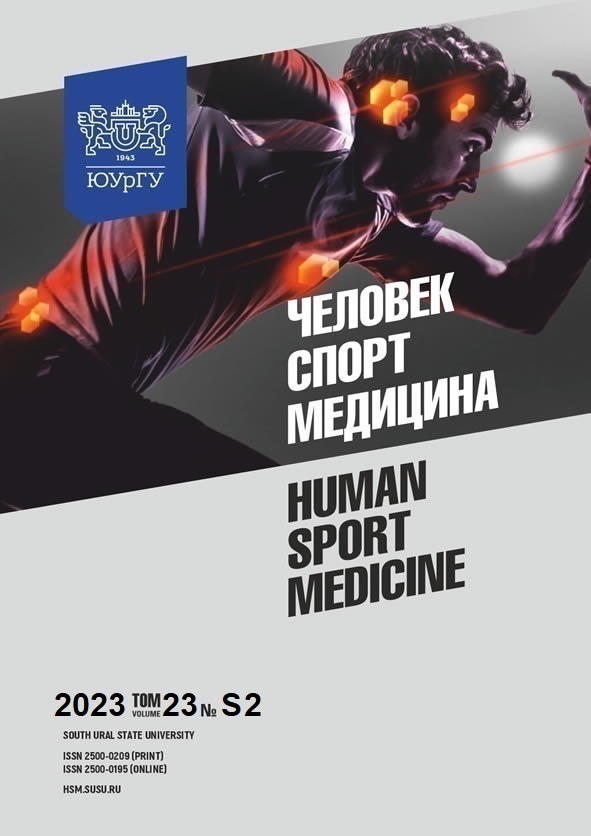BODY COMPOSITION STATUS OF THE LEBANESE UNIVERSITY STUDENTS ACCORDING TO GENDER AND ACADEMIC SPECIALISM, A COMPARATIVE STUDY
Abstract
Aim. The purpose of the study is to identify, examine, and compare body composition status among Lebanese university students based on gender and specialization. Materials and Methods. A sample of 384 students from the Lebanese University, Faculty of Education, was studied. The sample was divided as follows: Athletic males (n = 100) and Athletic females (n = 100), non-athletic males (n = 70) and nonathletic females (n = 114). Body Composition was assessed using the method of multifrequency bioelectrical analysis. Five primary direct measures of body composition variables (BM, BH, BFM, SMM, TBW) and seven derived indirect measures (BMI, PBFM, BFMI, PSMM, SMMI, IH, MFI) were assessed. Results. All Lebanese students’ subsamples were found in normal body weight except the non-sport male students that were found overweight. Comparative results showed that the Sport specialty students had better and healthier body composition profile than their non-sport colleagues. As for gender-based classification, as expected, male students were taller and heavier than females on average in both sport and non-sport specialization categories. Conclusions: Findings support the need from educational and health authorities to develop and evaluate health-promotion and obesity-prevention programs for university communities especially for female gender and non-athletic students’ specialisms.
References
References on translit
Copyright (c) 2024 Human. Sport. Medicine

This work is licensed under a Creative Commons Attribution-NonCommercial-NoDerivatives 4.0 International License.















